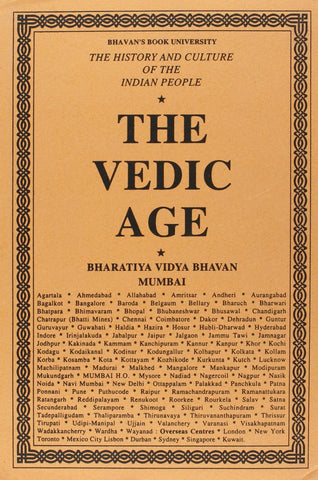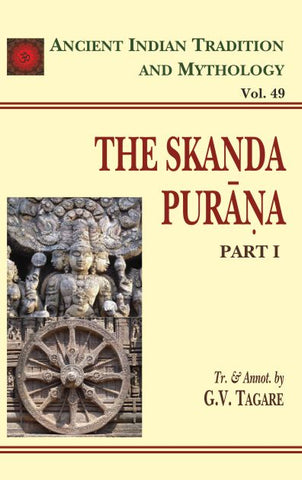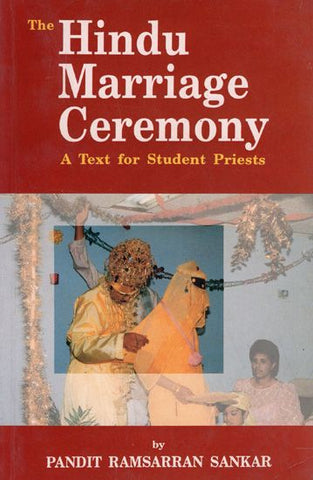Your cart is empty now.
A Sanskrit treatise of the fourth century BC, Arthasastra is, ostensibly, the world's oldest surviving document of its genre. Written by Kautilya: the astute Brahmin preceptor and prime minister of Chandragupta Maurya, it is now widely recognized as a classic on statecraft, including a discussion of contemporary Indian polity, political theories, administrative mechanisms, war and peace, and a variety of other subjects.
Though a lot has already been written on Kautilya's world view of statecraft, polity and kindred themes, this book is veritably the first ever effort to examine Arthasastra from the standpoint of modern science and technology. Analyzing meticulously layers after layers of Kautilya's complex sutras the author unfolds scientific perceptions, hypo-theses, operational techniques and other significant dimensions of several ancient Indian disciplines, like mineralogy, mining, gemology, metallurgy, agriculture, town planning, civil engineering, and even environment. Himself a professional geologist, Sunil Sharma has adopted the current normative techniques for the scientific evaluation of Arthasastra, while using all through modern idiom to spell out its scientific content.
An unbiased study based on Sharma's honest, altogether fresh interpretation of Arthasastra's archaic Sanskrit language and its peculiar scientific terminology, the book will fascinate Indologists, historians of science, and many area-specialist.
About the Author
Sunil Sen Sharma is a geologist of wide repute. Notwithstanding his professional training, his academic concerns have, over the years, evolved in many different directions to focus more specifically on man and nature.
A former Director, Geological Survey of India, he is also an extensively published scholar, credited with the authorship of over a hundred articles and five book: in both English and Bengali. His English titles include Farakka: A Gordian knot: Problems on Sharing Ganga Waters and The Ecology and the Epidemic: A Study on nineteenth Century Controversy.
THIS work is an attempt to grasp the ancient Indian wisdom of science and technology ingrained in Kautiliya's Arthasastra and ensconced behind its commonly perceived theme of state craft and administration. It is a daring attempt by the present worker with his background as a geologist, having no formal education and grooming in Sanskrit, the language of the source materials. Difficulties were on several counts.
The work started based on various translations of the book. But several confusing and widely different meanings of the same passage or words conveyed in different translations, necessitated frequent journeys into the original text. This could have been due to the fact that translators, mostly Indologists and Scholars in Sanskrit literature, were perhaps more conscious about retaining the literary originality and purity of the original text rather than extracting its esoteric meanings, particularly of scientific and technological topics (Rangarajan, p. 24). Kangle, who did exhaustive translation of the original text and ana lysed the contents very critically, was also confronted with meanings of a number of words, particularly the technical ones. He feels that
it is in vocabulary, however, that the language of this work shows striking peculiarities. There are numerous technical terms. Many of them are defined in the text itself, but there are others that are not defined .... It is true that we cannot be quite sure of the meaning of many words and expressions in the text. So, too, the interpretation of many passages in the text must remain uncertain ....
-Kangle, 1965, Part III, PP. 38-9
'Vocabulary' is the key word; and the characteristic evolvement and entrenchment of this in scientific and technological literatures constitute a special study to comprehend by a modern mind the incomprehensibility of archaic Sanskrit language. Because
the current content of science can be represented as a system of 'propositions' linked by 'formal inferences' only when we have at our disposal a common, agreed upon vocabulary of terms and concepts to serve as the 'subjects' and 'predicates' of all those propositions; and manifestly, all really profound changes in scientific thought and theory have brought with them correspondingly profound changes in basic vocabulary of scientific terms and concepts.
Stephen Toulmin, 1977, p. 148
We have to deal with a situation in the history when a language, whether 'symbolic' or 'an ordinary one used in special sense, that is by development of scientific jargon', meant for conveying ideas to be understood by all competent people, was yet to be developed. Without this consciousness, it becomes also difficult to trace and extract the scientific meaning of the works of our predecessors with the mind attuned to the current form of science enumerated above.
Difficulties do not rest solely on the arcane language, but on the manner of treating the blook by scholars. The treatise like Arthasastra has also not been very critically examined in-depth from the angle of different scientific specialisation, or combined multidisciplinary approach. There had been, of course, a few scattered and discrete attempts, confined to peripheral issues of the dominant theme of the treatise, that is Hindu Polity, leaving gaps in our knowledge in other scientific and technical subjects. This has been felt in many cases. It can be said, and has been said of chemistry, that even a monumental work on this subject by Dr. P.c. Ray did not adequately analyse the basic principles and theories on elements and their compounds, without which their preparation could not perhaps have been accomplished (Das Gupta, 1987, p. 3).
Similar deficiency has also been experienced with regard to Historical Geography. It has been recognised that this subject had also never been joint concern of historians and geographers, and that it was never considered a discipline requiring specialised technique. The result being that study made in isolation from geographical viewpoint only lacked 'historical perspective and inadequate knowledge of source material' (Chattopadhyaya, 1984, p.2).
So, unless the relevant disciplines are involved, deductions made or results obtained from isolated studies are liable not only to be erroneous, but may diffuse the real worth and rational structure of science in classical texts, as in Arthasastra.
| Acknowledgements | vii | |
| Introduction | 1 | |
| 1 | Mineral, Gems, Ores: Identification and Occurrence | 7 |
| 2 | Prospecting, Mining and Mettallurgy | 31 |
| 3 | Town Planning, Civil and Architecture Engineering | 73 |
| 4 | Land, Agriculture and Irrigation | 109 |
| 5 | Environment: Natural and Civic | 129 |
| 6 | On Antiquity of Arthasasatra | 159 |
| Appendix 1 | Critical notes on some Engineering Features | 189 |
| Appendix 2 | Subject-wise Classification of Sutras | 197 |
| Appendix 3 | Deconstruction of a few sutras | 225 |
| Glossary | 243 | |
| Bibliography | 249 | |
| Index | 255 |
Delivery and Shipping Policy
- INTERNATIONAL SHIPPING
- Rs.1000-1100/kg
- ESTD. Delivery Time: 2-3 weeks (depending on location)
- Bubble Wrapped with Extra Padding
- NATIONAL SHIPPING
- NCR: Rs. 30/half kg
- Standard: Rs. 80/half kg
- Express shipments also available on Request
- ESTD. Delivery Time: Ranging from 1-4 days up to 7 business days (Depending on your choice of Delivery)
- TRACKING
- All orders; national or international, will be provided with a Tracking ID to check the status of their respective orders
- Depending on the Shipping Service, Tracking ID may be used on their respective tracking portals
Frequently Asked Questions (FAQs)
Domestic Shipping: 3-4 Days (after shipping)
International Shipping: 1-2 weeks (based on your location)
You will receive an email once your order has been shipped or you can email us if you didn't receive tracking details (info@mlbd.co.in)
Every book that we sell is the latest edition except all the rare books
Yes, we do provide free shipping, only on domestic orders (within India) above Rs.1500











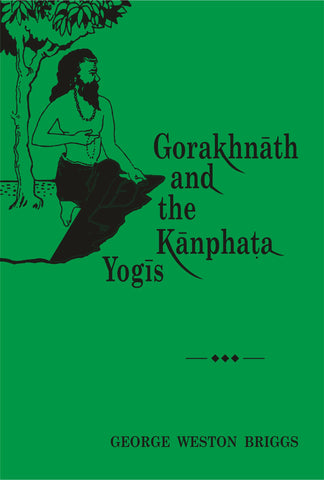
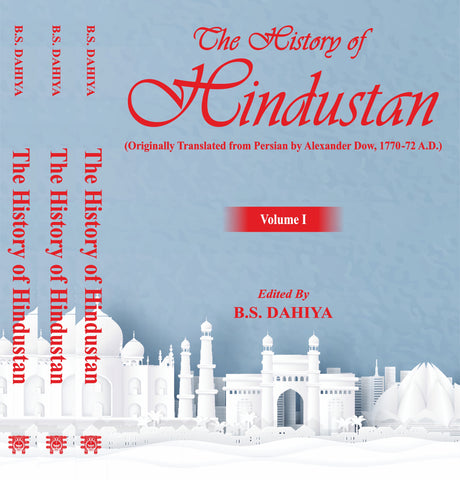
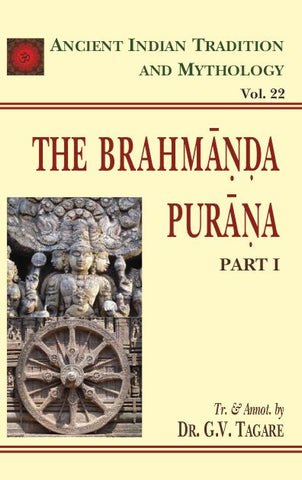
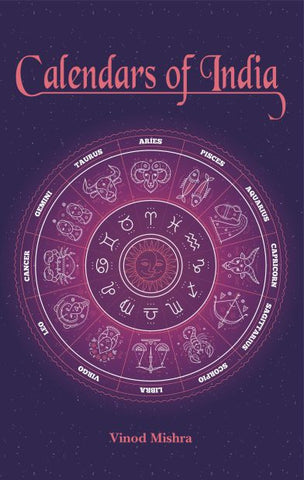
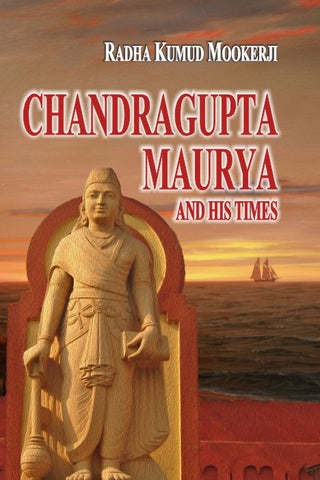
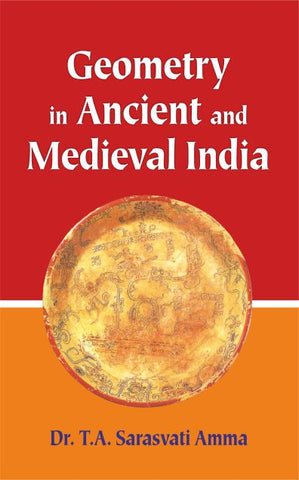
![A HISTORY OF INDIAN PHILOSOPHY [5 VOLUMES] by Surendranath Dasgupta](http://www.motilalbanarsidass.com/cdn/shop/products/HISTORYOFINDIANPHILOSOPHY_large.jpg?v=1675238163)
